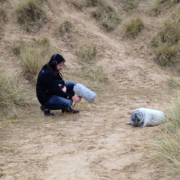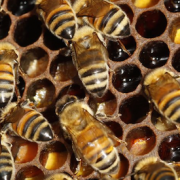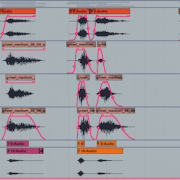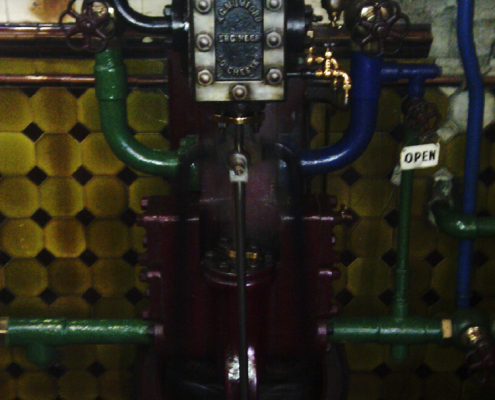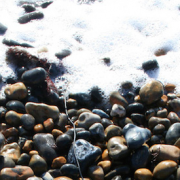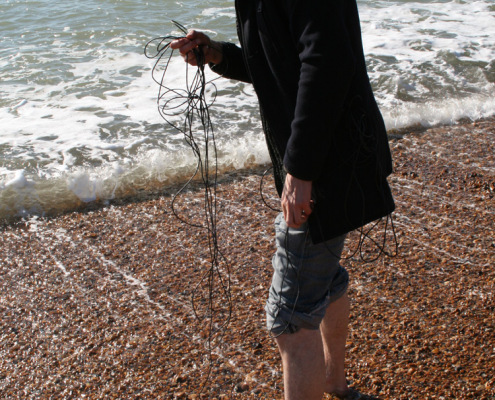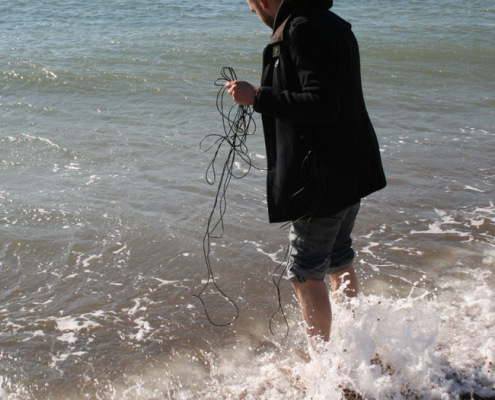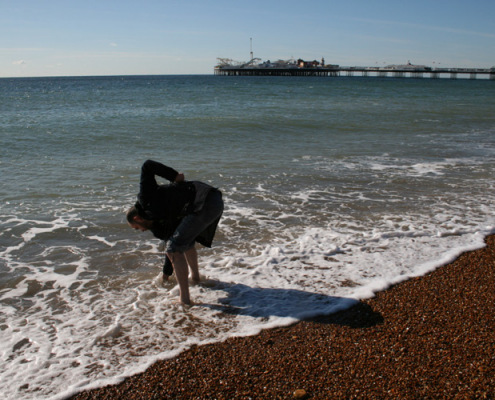In this post, I want to show a little sound design demo I have done utilising material from the awesome new Boom Library release, Creatures. I was a beta tester for this library. As the name of the library suggests, it’s intended to create Creature vox with, and that’s exactly what I’ve done.
The purpose of this demo is to show how important it is to work with high resolution audio, and also to share a few tricks that I have learned with regards to vox processing. One of the great things of the Boom Library products is that they’re all recorded in pristine quality at high sample rate and bit depth (192kHz/24 bit), and made available at 96kHz/24 bit. This means that for a sound designer, there’s a lot of possibilities to tweak their material, as the high resolution audio means you can pitch and process until the extremes whilst still keeping good quality sound. Conversely, if the same source samples were provided at ‘standard’ or CD quality (44.1kHz/16 bit), you wouldn’t be able to do the amount of extreme pitch shifting shown in this demo without a significant quality loss.
So, basically this demo is going to explain how to get from this:
to this:
Read more

